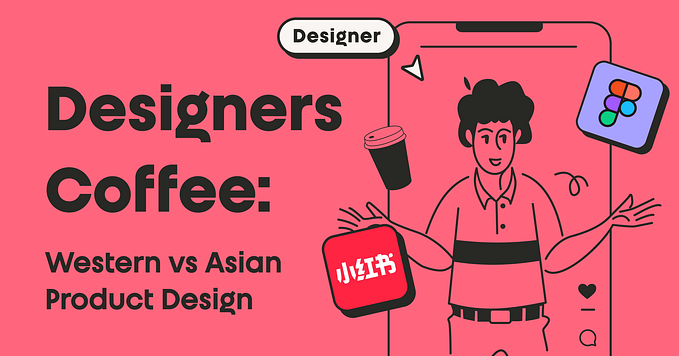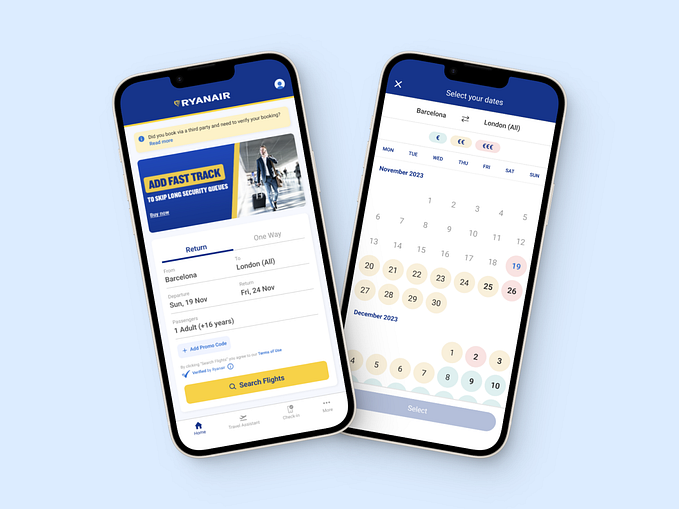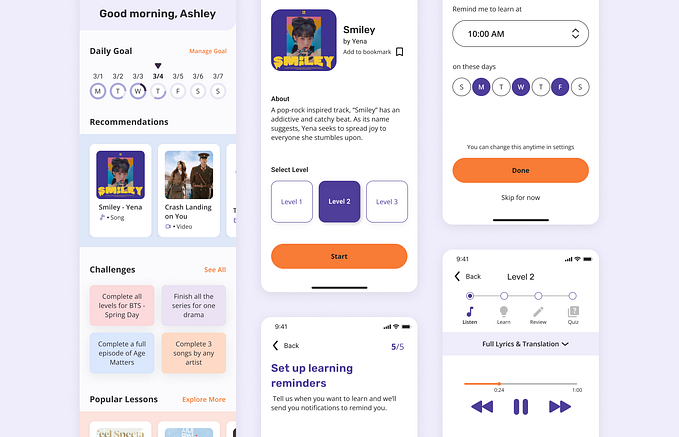UX case study: Personify, a user research tool
Background
In October 2016, I had the pleasure of co-chairing MidwestUX, a user experience design conference. One of the speakers on our program was Chris Avore , who talked about Mosaiq, a tool his team developed for organizing user research findings at Nasdaq.
Matt Dobson, a colleague of mine in the Digital Experience Center (DEC) at Humana and a fellow conference organizer, was in attendance at that talk, and was inspired by the concept of Mosaiq and how it could help our team back at the office. A few weeks later, we made a copy of the open-sourced tool, and tried it out for ourselves.
That initial experiment eventually became Personify, a custom-built web app that is now in use across the company, supporting our work as a customer-focused technology company.
The Problem
The Digital Experience Center has conducted hundreds of interviews. For a team of 20, including software engineers and product managers (not just designers), that’s a lot of user interviews. We’d done a great job of incorporating feedback from our research into our product development, but found ourselves struggling to keep track of research over time and effectively share our findings with stakeholders.
In order to get a better sense of who we were researching with, and what we were discovering, we implemented a version of Mosaiq to help us naturally track this information as a part of our research workflow.
Testing the Hypothesis
Unless a stakeholder requests progress updates and research reports, this kind of reflection and sharing often gets neglected. We saw the value in sharing insights gained from research, but needed a lightweight way to document the information. We hypothesized that using Mosaiq to document research would enhance our workflow and better demonstrate the value of our research to stakeholders and senior leadership, all while not overburdening our team with additional deliverables.
We began using Mosaiq to document the weekly research being done on one of our web applications. After just a few weeks of using Mosaiq, we began to see that it was solving our problem. Designers were able to document their research without too much overhead. Product Managers were able to include links to the tool in their updates, providing greater visibility into research. Stakeholders were getting the information they wanted, without having to dive into the details of each specific research session.

Outgrowing the MVP
After using Mosaiq for a few months, we started getting interest from colleagues outside the Digital Experience Center. As we shared summaries from research sessions, stakeholders told other teams what we were sharing, and those teams would reach out to us, hoping to gain some of the efficiencies we were seeing. While we wanted to share, we found that the open-sourced tool had by some limitations: it was unwieldy for large numbers of products, there were additional features we wanted, and there were features included that we didn’t need.
Around this same time, our Senior Vice President was expressing interest in spreading our team’s techniques to the rest of Humana’s IT organization. We jumped at the opportunity to develop a custom user research tool. This offered us the chance to build our own product for our own needs, and the opportunity to share our lightweight research process with other areas of our company.
Developing Personify
Before beginning development, we conducted user research with employees at Humana who had used the Mosaiq tool: designers, product managers, and stakeholders. We also conducted a series of ideation workshops to generate and prioritize feature ideas. Out of those exercises, we identified four key goals for our new product:
- Improve Workflow: Provide a lightweight, valuable workflow for documenting user research.
Key Performance Indicators: # of products using the tool, # of interviews created - Foster Collaboration: Facilitate collaboration, with user needs as the focal point, within a product team and among teams and stakeholders.
Key Performance Indicator: visits by organization and team - Spread Research: Spread the practice of user research at Humana. Increase the number of software teams who are directly involved in user research.
Key Performance Indicators: # of teams using the tool by organization - Influence Backlogs: Demonstrate the influence of research on a product (and by extension, the value of user research) by improving software quality and value delivery efficiency.
Key Performance Indicators: # of backlog items linked to research
With these goals in sight, we began development on our new tool, which we dubbed Personify.
For two months, a team of five (one product manager, two designers, and two software engineers) built Personify from the ground up. We chose a flexible, modern tech stack that would enable delivery efficiency, flexibility, and scalability.
- a Vue.js front end using Vue Material gave us a jump start on design fidelity, allowing us to leverage familiar UI patterns and components. This also meant it was responsive out of the box.
- a .NET Core + MySQL backend made the codebase accessible for a large number of developers at our company, which is primarily a .NET shop
- integrated with existing employee authentication and directory tools, so users would not have to remember a new set of credentials to access the tool
- a Node.js analytics platform, using Socket.IO, and MongoDB, allowed us to easily gather usage data without going through an extensive contracting process
During development, we tested weekly with power users and newbies on the QA version of the actual software. We iterated the user interface through a series of changes in response to the reactions from users, with the goal of making Personify easy to understand and flexible for a variety of teams’ needs.
Pilot Phase
Once the beta was live, we conducted a pilot with six teams from across the IT organization, most of whom were not participating in user research when they joined the pilot. We began with a kickoff meeting, an opportunity for participants to ask questions about the tool. We also offered guidance during the pilot as needed; some teams preferred to work on their own, but others wanted assistance conducting research.
During the 60-day pilot of Personify, 13 product teams conducted research using the tool, representing 56 participants, 77 interviews, and 27 personas.
Key findings:
- 78% of survey respondents participated in research during the pilot
- 89% of survey respondents used Personify during the pilot
Feedback from pilot participants was mostly positive:
“I think the development team and the product team should work closely together, and tools like Personify will help.”
“This pilot brought to my attention the absolute critical need for us to have our consumers as part of our delivery lifecyle.”
Based on the usage of Personify, and the excitement for user feedback that it generated within our IT organization, the pilot was considered a success. Development continued for several more months while we looked for a team to partner with on long-term ownership of the tool.

Continued Development & Inner Source Model
The DEC team partnered with our colleagues in DevOps to transition ownership, formally cementing Personify’s place in Humana’s software development life cycle. The DevOps team is leading several initiatives to scale collaborative and efficient software development practices at Humana, including Inner Source. An Inner Source model allows software developers to take advantage of open-source principles and processes, but maintain the security and privacy of an internal codebase. With over 5,000 employees in IT alone, Humana’s internal developer community is a powerhouse of talent. In order to help spread the practice of Inner Source, the DEC team has made Personify available on our enterprise Inner Source platform — the first application at Humana to do so.
Return on Investment
Personify’s journey took almost a year. It has been worth the effort, as we’ve seen the tool become a catalyst for investing in user experience at our company. By giving teams a tool that made it easy to share research information, we lowered the barrier to entry for research and encouraged more people at Humana to speak to their users. The experience has been transformative, and as a result, many teams are looking to add dedicated UX designers to their teams.
By making research visible and easy to document, Personify has broken down silos between research and development, giving team members a common place to discuss and share what our users are thinking and feeling. For a company that is focused on helping people achieve lifelong well-being, understanding our users is a key step to reaching that goal.
Thanks & Kudos
- Thank you Chris Avore & the Nasdaq team who developed Mosaiq, for sharing your story and making your tool available to the community.
- Thank you to the Digital Experience Center team, for being passionate about continuous improvement of our research practice.
- Thank you to the DEC team members that contributed to Personify: Matt, Lelia, Rohit, Simon, Crissa, Cody, Jake, Zac — it wouldn’t exist without you.
- Thank you to Humana’s senior leaders in IT for supporting our idea.
- Thank you to our users for all the feedback and support.








